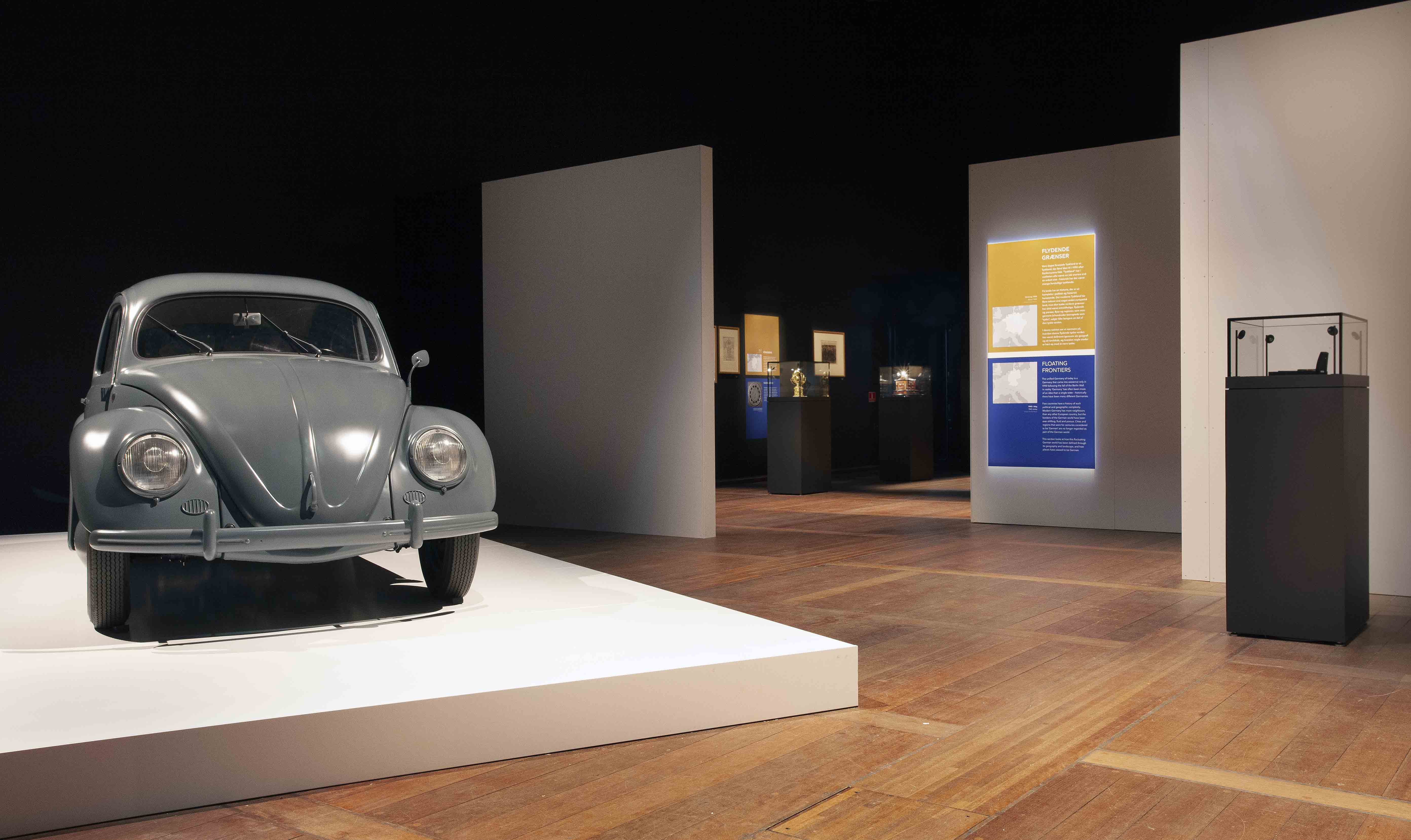Richters exercise of processing; photographing, painting and printing over the course of many years becomes a reflective meditation. All processes are silent to the visitors who is just presented with the lithograph of Betty.
Richter has always, to my knowledge, worked in several parallel lines; One is highly abstract, one is photorealistic, another is graphic, and so on. I was told once, that this is a dogmatic approach that he has taken is in opposition to the idea that an artist finds his path and produces in one style unique and recognisable for people to be able to say “ARH! Thats definitely a piece by x” (artist).
Moreover, this approach could serve to transcend the different ideologies Gerhard Richter encountered in his life, from Nazism (heroic classicism, soldiers and leaders portrayed in the style of roman sculptures, Communist realism (workers against the elites in the east) to the imagery of advertisements (capitalist ideology in the west).
Working with different expressions and mastering each one of them individually allows Richter to exist and work in a sort of vertical plane oscillating between the different tracks.
Specifically I wanted to create a piece that plays with time, the process, reflection and themes in a way similar to how Richters works.
I chose to base the score on the moment immediately before you take a photograph. Before you press the shutter and take your picture. It is about the active choice to register a given moment.
When you first encounter a piece of music, you listen to it on the surface, horizontally (for its duration). Listening again, you might start to notice the verticality of a piece when you hear the different layers (acts of proces, implied meaning, underlying narratives). If interested or moved by the piece, you might return to it and learn about those proportions. In time, one might even build a relation to a specific piece.
Music, painting and photography are all crafts that can make one forfeit real time (the time in which life is actually taking place) as of these crafts directly play with time itself, each in their own ways. With Betty originally being a photograph, I fell under the spell of indulgence...
This conclusion of mine is directly attributed to John Berger who, in his brilliant book, Understanding a Photograph, writes the following:
“The true content of a photograph is invisible, for it derives from a play, not with form, but with time. One might argue that photography is as close to music as to painting.”.
Delving deeper into this inter-play with time, it emerges from reading Understanding a Photograph is that every time someone wears a camera (something to actively register what goes on around you) and venture out into the world you are faced with a a certain type choice; Gerhard Richter is of course highly aware of this. Berger continues his argument:
”I have said that a photograph bears witness to a human choice being exercised. This choice is not between photographing X and Y: but between photographing at X moment or at Y moment. The objects recorded in any photograph (from the most effective to the most commonplace) carry approximately the same weight, the same conviction. What varies is the intensity with which we are made aware of the poles of absence and presence. Between these two poles photography finds its proper meaning. (The most popular used of the photograph is a memento of the absent.)
A photograph, while recording what has been seen, always and by its nature refers to what is not seen. It isolates, preserves and presents a moment taken from a continuum. ”
I wanted to create a musical path through this continuum.
 Photo: John Lee, Nationalmuseet
Photo: John Lee, Nationalmuseet